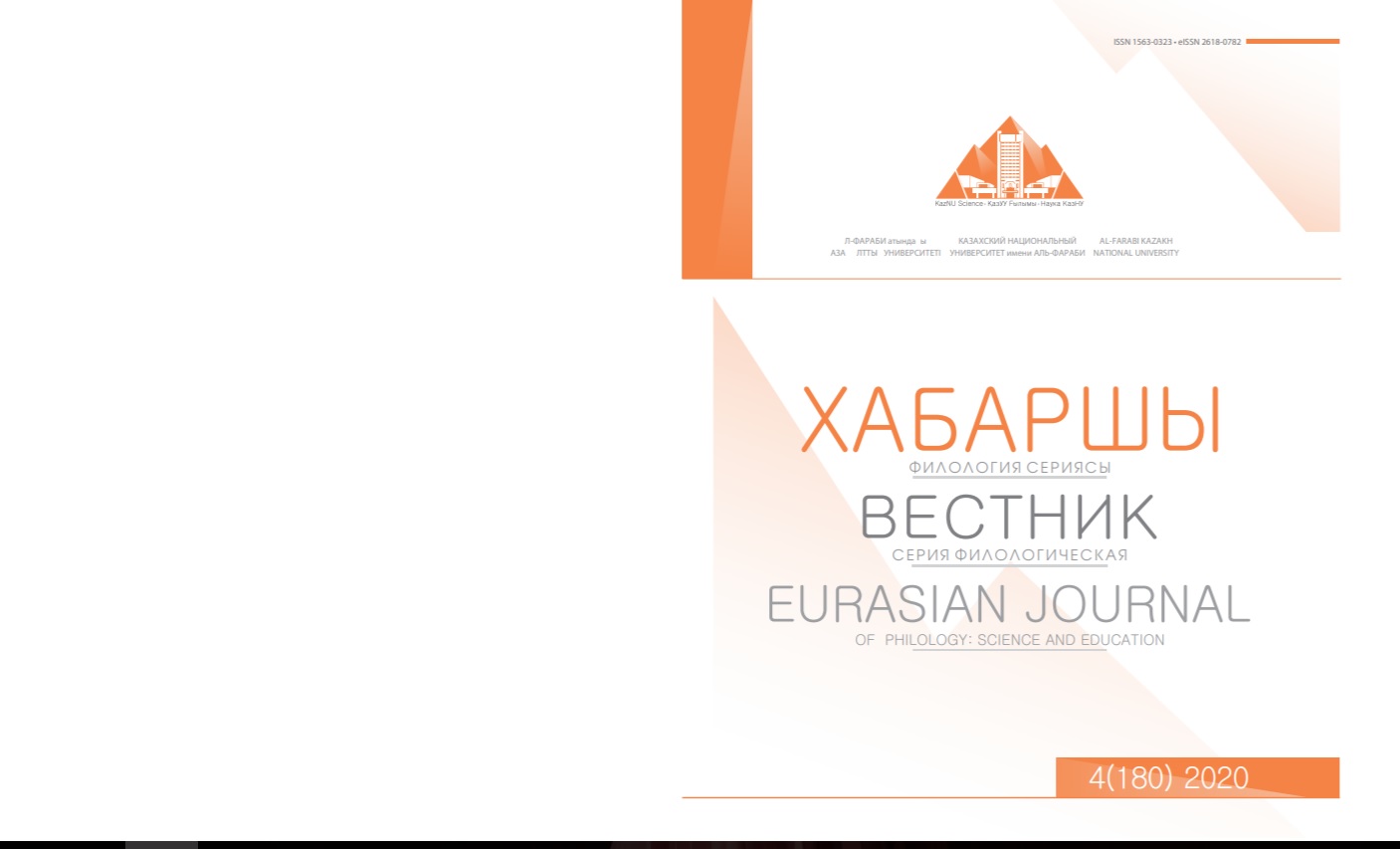Человек и эпоха в концептуальном осмыслении Мориса Симашко
Аннотация
This article is devoted to the historical discourse of the story by Maurice Simashko “Yemshan”, in particular, the artistic role of exoticism, historicism, that is, lexemes, which play an important artistic role in the context of the work and are significant concepts. As part of the analysis of the role of these concepts, the philosophy of the History and the Man in prose of Maurice Simashko is revealed, its development is within the framework of the dynamics of the literary strategy of the writer, who possessed extraordinary knowledge in the field of history and culture of the peoples of the East. The images of the Man and the History in the works of Maurice Simashko are, in essence, micro-and-macro-images with a deep structural meta-semantic meaning. They are difficult to interact and show how important the problem of morality in the philosophy of the history of the writer. As M.D. Simashko admits, the impetus for writing the work was A.N. Maykov's poem «Emshan», the line from which became an epigraph for the story, as well as lengthy conversations with O.O. Suleimenov and S.N. Markov about the place and role of Kipchak khans in the history of the Middle Ages. The ideological and thematic content of the story, composition and development of the main verbal images are considered. The writer's artistic skill in translating medieval events from a historical level into a philosophical and moral aspect is also revealed. The analysis of the artistic text of M. Simashko's novel and historical sources about Sultan Beybars and his era is an urgent problem of the article.
Key words: poetics, conceptual sphere, concept, national picture of the world, story, poetics, micro-image, macro-image.






